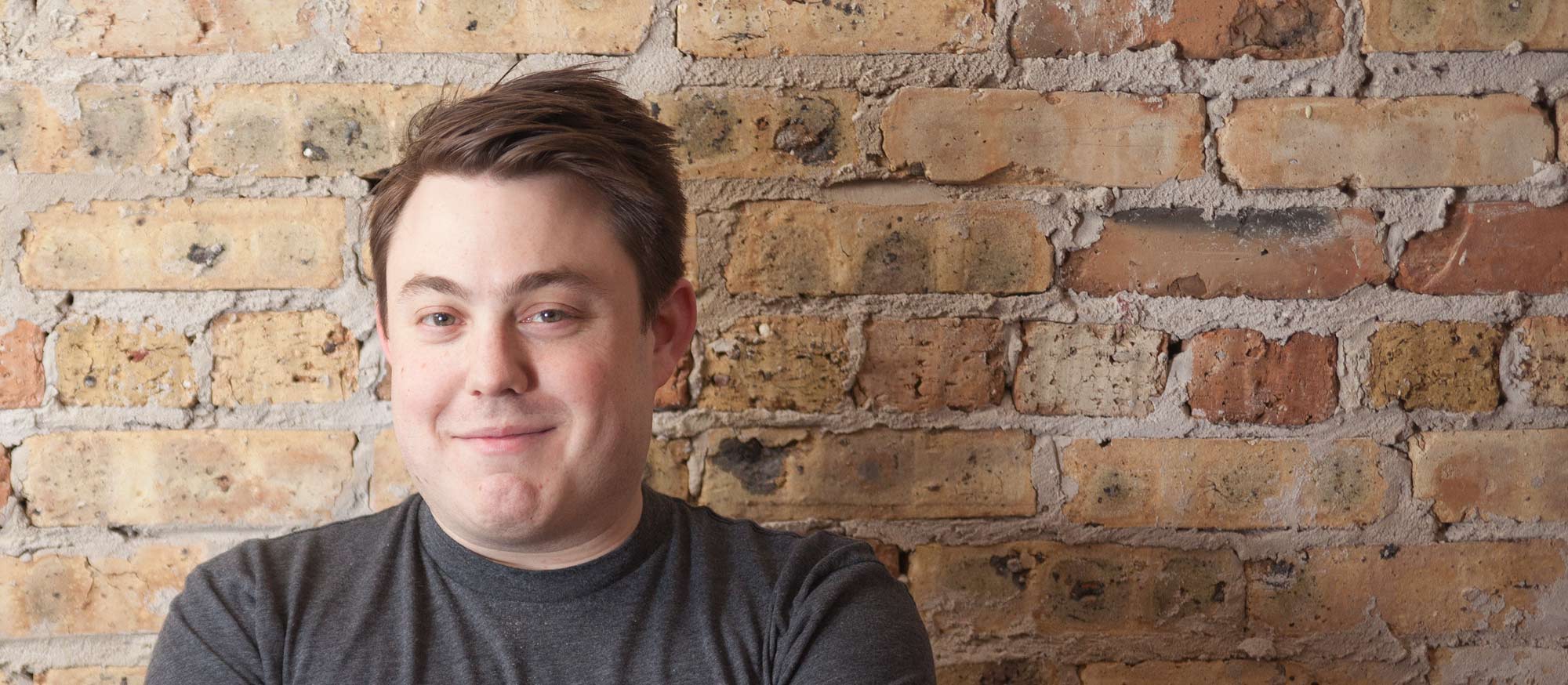
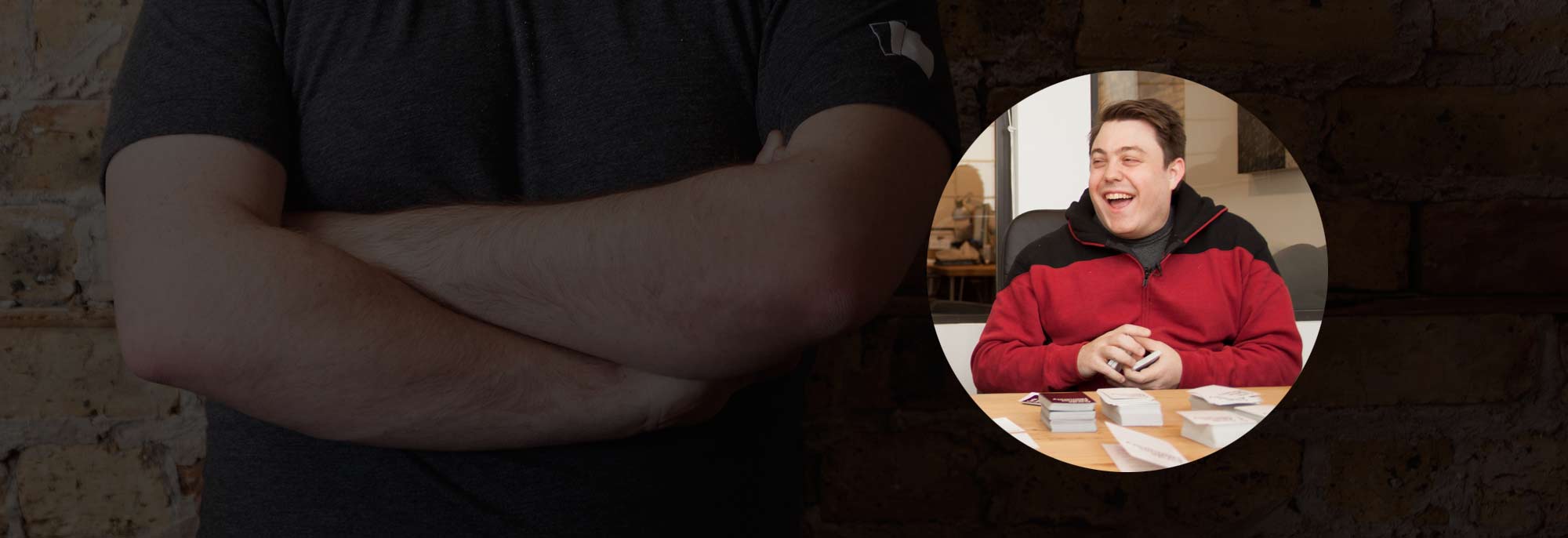
Max Temkin, 26, is a designer and game developer. He’s one of the eight creators of the hugely popular Cards Against Humanity (“A party game for horrible people”).
Interview by Philip Montoro
Photographs by John Sturdy

Thank you for not asking what my favorite card in the game is. Every interview, that’s the first question.
I started making games in college. There was no business behind it; I just wanted to play with my friends. We had a bunch of Nerf guns, and we made this game based on this dream we had of seeing one kid getting chased across the quad by 50 kids. This was in 2005, my freshman year at Goucher College in Baltimore. I’ve been in Chicago my whole life, except for college.
This game, called Humans vs. Zombies, is like this big game of tag. Everyone runs around trying to avoid the zombies, the zombies try to tag everyone. It goes 24-7, all day, every day, everywhere on the campus, for like a week. It was super fun, super intense.
As soon as we started playing we realized how political and subversive it was—that really any kind of play, especially play in public, is inherently political, because you’re agreeing to act in a way that’s not the normal way to act, and you’re showing people a way to behave that’s not the normal way to behave.
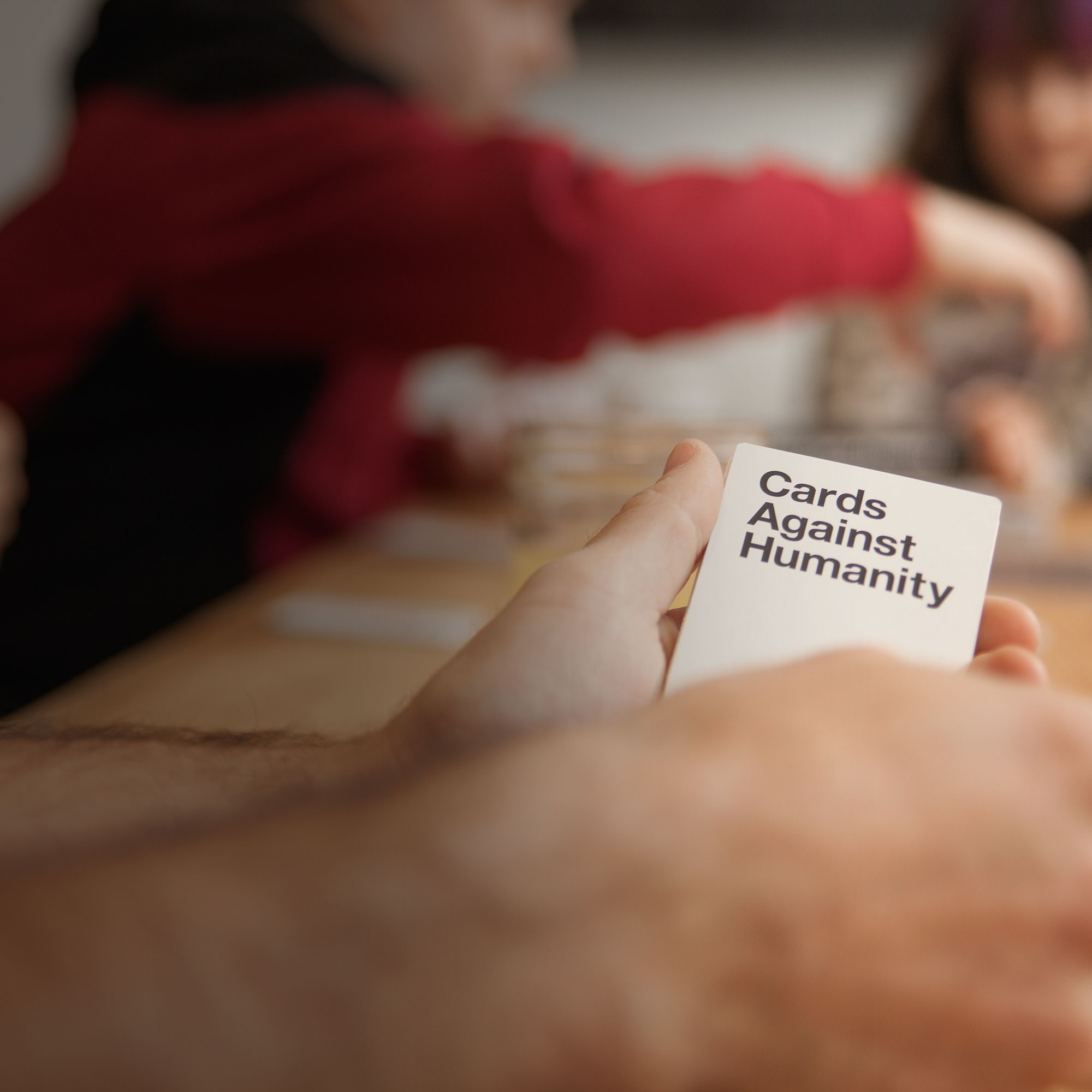
You’re showing people this really loving, playful, intimate way of acting with people. You’re loving the team that you’re with, you’re loving the fun of the game. And for people to literally be just tear-assing down the quad, running for their lives—they really care. It really made an impression. It was like, wow, there’s something really powerful and subversive and radical here.
So that’s sort of what Cards Against Humanity was born out of. It was just taking these taboo or inappropriate topics and making fun of them and making light of them, which really got us going. It was something we made for ourselves, just like Humans vs. Zombies, and over time, as we played with more people and shared it, it just got bigger and bigger.
Our business decisions are all informed by our values about the game and the world we want to live in. So the business model for Cards is that we give the whole game away for free on our website as a download—you can just make it on your home printer—and then we also sell the boxed version. It’s done really well; I’m pretty sure right now it’s the top-selling, best-reviewed, and most-wished-for toy or game on Amazon.com, which is crazy.
We’ve never publicly talked about our sales numbers. Honestly, I don’t even know them. The way we try to think about the success of the game is, “What kind of opportunities does it give us in our lives?” So for me, I’ve been able to do much less freelance work and get to make my own interesting art and projects and games.

One of the nice effects of the way we’ve kept the game independent and self-published it is that no one can tell us what we can and can’t write or how we can design it or what we can do, other than the eight of us. And that’s pretty cool. To me that’s the biggest sign of the success of the game, that we can creatively say anything we want with it.
The game’s a little over two years old now, and we’ve hired our first two people just recently. My job within the company is doing a lot of the public-outreach stuff, so I do interviews, I design the website, I post on our Twitter. Our first hire was Jenn Bane, our community manager. She responds to all of the customer-service e-mail, helps me on social media. Trin Garritano we hired to help do events— Gen Con, PAX [Penny Arcade Expo], GDC [Game Developers Conference], XOXO Fest, Brooklyn Beta. This year we’re also sponsoring and going to GaymerX, which is the biggest LGBTQ gaming convention. So we’re super excited about that.
All eight creators have equal ownership of the company, and we split everything pretty much equally, so people do tend to keep honest and put a lot in. We write the game together, and never edit or write without all eight of us there—it’s just part of the ethic of the game. And we do it by consensus. We try not to vote on something if there’s even one person who really disagrees with a writing choice; we try to workshop it and find some middle ground.
We do everything ourselves. So there’s other guys who deal with sourcing paper and manufacturing and logistics; there’s other guys who deal with our legal stuff and our business stuff. I don’t even know how any of that works. Day to day, me and Trin and Jenn do the public-facing stuff. It began in the suburbs, where we all grew up. Four of us are still in Chicago.
Claiming ownership over ideas is kind of a dumb concept, because these things are all remixes and they all existed in the culture long before we were around. I collect board games, and out of curiosity we’ve done some historical research on games li ke Cards Against Humanity, and the earliest one we were able to find and buy was a game from the 1890s called An Account of Peter Coddle’s Visit to New York. One player has a little booklet, and he tells a story about this hobo named Peter Coddle going through New York, and everyone else has little slips of paper with the funny answers, and they put their answers in, and you pick the winning one. It’s Cards Against Humanity from the 1890s, and they’re all hilarious—they’re like, “A bucket of clams” and “A common dog.” They’re all such quaint 1800s things, but most of them are really subversive. If I had to guess, this was a game that ancient people were playing, carved in rocks or something—it’s just filling in a blank with something that’s not supposed to be in the blank. It’s just funny! It must have been discovered at the same time language was discovered.

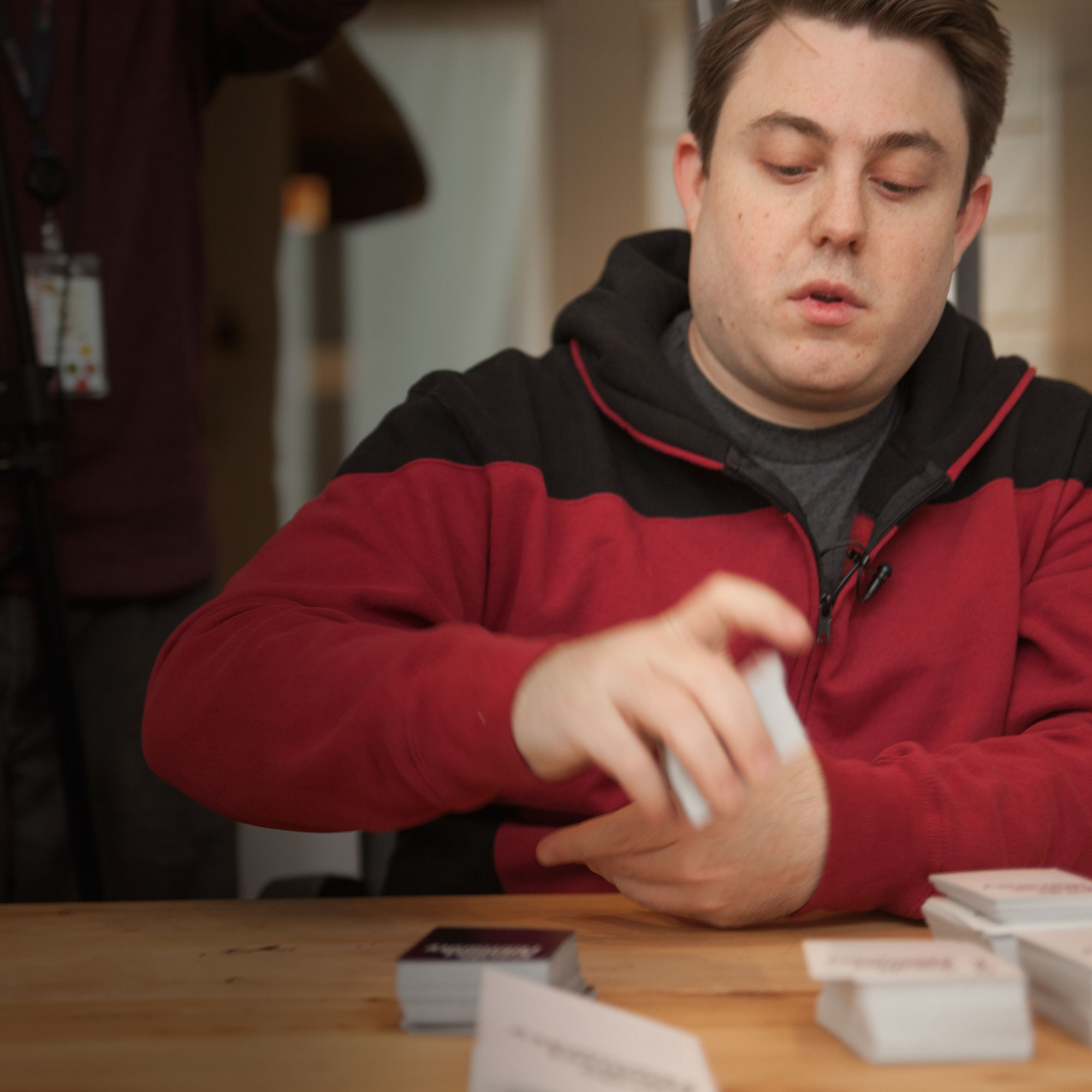
Werewolf is kind of a similar story. It’s based on a game called Mafia. Mafia is a folk game; nobody knows where it originated. There is a guy who claims to have created Werewolf, and some people agree that he’s the creator of it, that it was created at a university in Russia in the 60s. Other people think that it was created by the KGB as a way to train spies or a mind-control program. Other people claim to have found other historical examples dating way back before the 60s, but basically it got popularized in the 60s as Mafia. It came to the U.S. through Scandinavia; it was even a TV show in Scandinavia for a while, where people or celebrities came on and played Mafia together. Then it become popular in the 90s and early 2000s in the U.S. at tech conferences and gaming conferences.
It’s a game of deception. Everybody gets a role, and you’re pretty much either a werewolf or a villager. The game is played in cycles of day and night. So during the “night,” all the players close their eyes, and the moderator says, “Werewolves, open your eyes.” And the werewolves all open their eyes. And the moderator says, “Werewolves, who do you want to kill?” And the werewolves point to anyone at the table who they want to kill—one of the villagers—and then everyone closes their eyes. Then the moderator says, “Everyone open your eyes. Over the night, Max was killed.” Then during the “day,” all the villagers and the werewolves—no one knows who each other are—try to pick someone who they think is a werewolf and they lynch them and kill them.

There’s no dice rolling. You don’t have a character sheet. It’s just you and your own instincts. How good of a judge of character are you? How good of a liar are you? How good can you bluff? How good is your bullshit detection? It’s just such a pure, minimalist, beautiful game. It gets so intense and so crazy, and people really lose themselves in it. So it appeals to me for the same reasons as Humans vs. Zombies or Cards—it’s this thing that kind of overtakes you when you play.
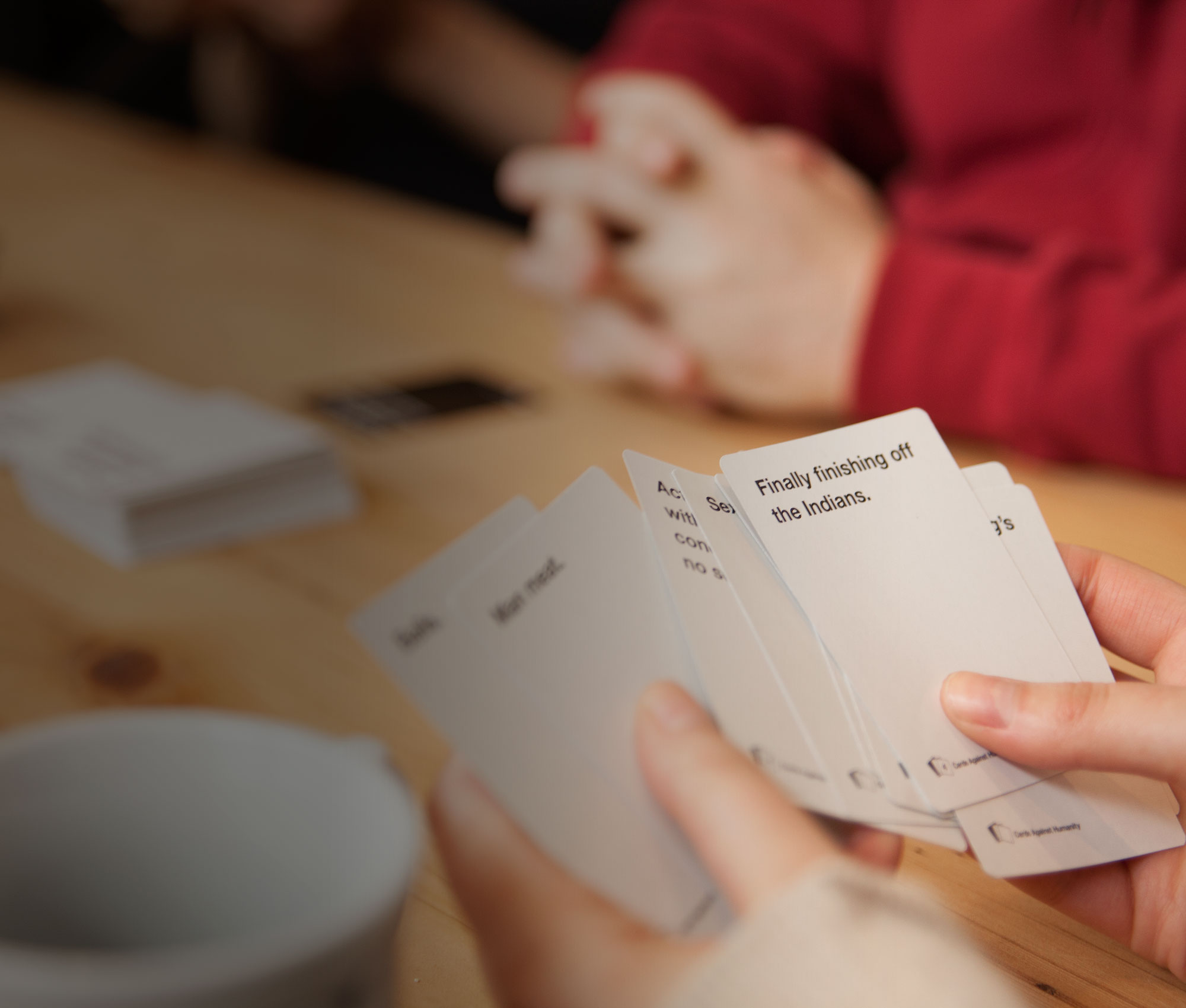
They’re inherently social games. For Cards, four is the minimum, and it’s way better with five or six. With Werewolf you need 10 or 12. And you never want to play just one game. You want to play it over and over with different people, and see how your friends lie different from each other.
There’s this guy Andrew Plotkin, he wrote text adventures back in the day. He still does. [In 1997] he put Mafia online and redesigned it as Werewolf. He put all his work under an MIT license—it’s just an open-source kind of folk game—and me and my friends from a very young age have been obsessed with Werewolf.
There are dozens and dozens of published Werewolf games out there, so with my version, I mostly wanted to do a really nice design object, so I tried to get really nicely illustrated cards. And I wanted to do a version where there wasn’t one right way to play. Andrew Plotkin’s version is very prescriptive, like, “Here’s the rules.” So I created an online directory of all the rules and then all the popular permutations of the rules, so you can sort of mix and match and build your own version of the game. Those were the artistic goals of the project. I took it to Kickstarter and got it funded. I asked for $200, just to make the smallest possible run, and I got $40,000. I should probably keep selling them after the Kickstarter, but it beats me how I’m gonna do that. I’ll figure something out.

The Bigger Blacker Box is something we’ve been getting e-mails about ever since we started creating expansion packs for Cards Against Humanity. When we made Cards, we thought it’d be a one-time thing and it’d be done. It’s just grown over the years in a way we didn’t expect. So people kept asking us for a carrying case or something they could put their cards in. Eventually we got a critical mass of e-mails—we probably had a couple hundred people e-mail us and ask for some sort of box. We were like, “Well, it’s really dumb to sell a box, but if you guys really want a box, we’ll make a box for you.”
We’ve probably been working on the Bigger Blacker Box for a year—actually, I know it’s been a year, because when we first thought of it I bought the domain biggerblackerbox.com, and the domain just came up last week.
Blank cards are also something that our fans ask for a lot. People can write their own answers on them and put them in the game. My opinion on this, having written a lot of Cards Against Humanity cards and also read a lot of fan cards, is that people are terrible at writing Cards Against Humanity cards. They’re not funny, and they ruin the game when they write their own cards. Everybody thinks their inside jokes are funny, and they’re not. We test them, or we play them, and they’re horrible.

I mean, [Wondermark creator] David Malki is a genius, so he doesn’t count. And every time there’s a convention, Wil Wheaton signs custom cards. He writes custom cards for people, and don’t even get me started on his. He’ll write funnier things improvisationally on the cards than we can write in a week of brainstorming. It’s very upsetting.
Normal civilians, they just don’t put a lot of thought into it. So we have a lot of fear that if we give out a ton of blank cards, people will fill them with their horrible, shitty answers, and then they’ll sit down and play with their friends, and their friends will be like, “What is this game? It makes no sense.” We do want to make people happy and give them what they’re asking us for, so we have released very small numbers of blank cards—you get like 12 blank cards with each expansion. People can put their own cards in the game, but by having scarcity, we’ve tried to force people to think very carefully about what they put on a card. Dry-erase technology is not sufficiently evolved.
We’re pretty creatively happy with what we’re doing right now. I think our writing is getting better and better. The main thing is we’re trying to challenge ourselves to be better writers and have a higher standard for what we publish. We have the fourth expansion, which just came out. Last year we did this holiday promotion that was kind of crazy—we did a pay-what-you-want for a physical pack of cards, so people could pay zero dollars and we’d still mail them this thing. It did really well; we made $70,000 on it, and we donated all the money to the Wikimedia Foundation, as kind of a surprise. We didn’t announce that we were doing that.
This year we’re doing something even bigger and dumber. We’re calling it the 12 Days of Holiday Bullshit. Basically the way it works is, people give us $12, and we mail them 12 mystery gifts over 12 days. We opened this up for 100,000 people, and it sold out in about six hours. I’ve been working on these gifts for the last four or five months, and I’m so excited for people to get them. I think they’re really cool.
What I love about the 12 Days of Holiday Bullshit is that it totally defies people’s expectations. It seems like it should be impossible to pull off given the time frame and the $12 budget; we’re only able to pull it off because we don’t expect to make any profit from it. I also like that it kind of repurposes these things that people expect to work one way (transactions, gift giving, the post office, et cetera) and totally flips them on their head. The kind of excitement around that is the only way I can understand 100,000 people giving us $12 with no idea what they’ll get in exchange. Now we just have to try to not disappoint them.
People are people, and there are human desires like the desire for connection and the desire for play that are fundamental. The Internet doesn’t change human desire. It doesn’t change who we are as a species. The Internet is just an efficiency, a way to organize more efficiently, to do things that we couldn’t do before. But it’s still fundamentally the same things: we’re playing together and talking together. Werewolf is the most analog game in the world. You’re literally sitting in a circle with people, like around a campfire, telling a story together. There’s no technology to it. But I love using technology to further explain that game and distribute it, and learn about how people play and what it means. The Web design I’m interested in is: how do you smash people together in interesting ways, and build fun and social things? ●























